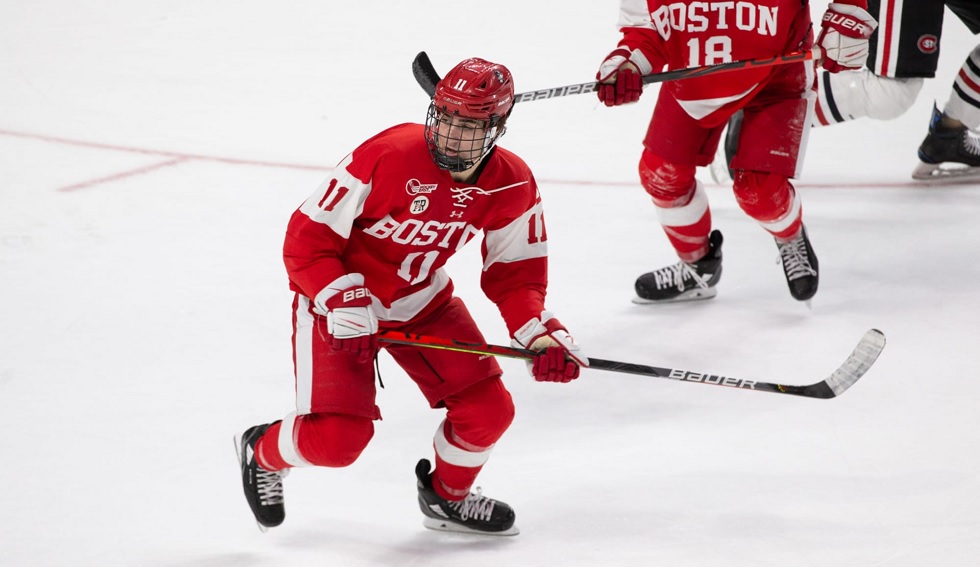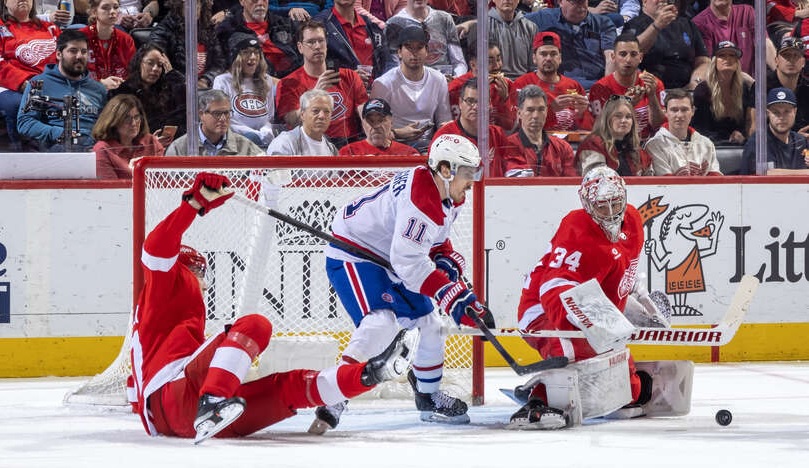HabsWorld.net --
The best way to build a winning hockey team is through the draft. Looking at the recent success of the Pittsburgh Penguins, it is easy to come to this conclusion. But nothing comes easy and in order to get a hold of top draft picks, the fans have to see their team slump into last place and miss the playoffs for a few years – something not all organizations are willing to do. Nonetheless, the results are there. After missing the playoffs four straight seasons, from 2002 to 2006, it took the Pens only three years to become Stanley cup champions.
But is it really the best way or simply the easiest way? The Detroit Red wings have won four championships in the last 12 years. In the last 20 years, the team has finished first in their division 13 times, have made the playoffs for 18 straight seasons and have made it past the second round eight times. Ken Holland, who has been scouting for the Red Wings since the mid 1980’s and has been their general manager since 1997, appears to have found a recipe for success that no other team can duplicate.
A lot of things make a team successful but to have a great team you need great players, and to find those players you need great scouting. The Red Wings have drafted players like Nicklas Lidstrom and Sergei Fedorov in the 2nd and 4th rounds and stars like Henrik Zetterberg and Pavel Datsyuk in the 6th and 7th rounds respectively. In 2008, their roster had 12 players which the team had originally drafted.
In 2007-2008, the Canadiens finished first in the eastern conference. The whole hockey world was raving about this young team’s talent and their bank of prospects. Bob Gainey was acclaimed as one of the best (if not the best) GM in the league. Talk around the Montreal media was about how Bob Gainey had a plan when he was first hired and that five years later we were seeing the positive results. That year, 19 of the players in their roster and 14 regulars in the line-up were originally drafted by the team. Then, last season happened. This year, of those 19 players only 11 players remain, including S. Kostitsyn, Stewart, D’Agostini, Halak, Chipchura and O’Byrne, players that have yet to prove they can be NHL regulars.
Furthermore, 11 line-up regulars from last season have been replaced. Gainey opted to rebuild the face of the team through the free-agency market, an approach familiar with big money teams like the Toronto Maple Leafs and New York Rangers. But can the Montreal Canadiens go from a team that barely made the playoffs to being a Stanley Cup contender? Bob Gainey certainly hopes so. And history gives Habs fans some hope.
In 2003-2004 the Carolina Hurricanes finished 11th in the conference with only 76 points. Jim Rutherford, the team’s president and general manager, made some bold moves to try and put the team back on track after missing the playoffs for two straight seasons. Following a coaching change, he traded captain and future hall of famer Ron Francis as well as defenseman Danny Markov. During the following off-season he decided not to re-sign powerforward Jeff O’Neill, rock defender Sean Hill and his entire goaltending duo of Artus Irbe and Kevin Weekes. After the lockout, it was a transformed Carolina team that stepped on the ice at the start of the 2005-2006 season. Cory Stillman, Matt Cullen, Ray Whitney, Oleg Tverdovsky, Frantisek Kaberle and Mike Commodore were brought in along with a new goaltending duo consisting of Martin Gerber and Cam Ward, while young players like Eric Staal, Erik Cole and Justin Williams were given the chance to step up. Jim Rutherford’s gamble paid off as the team finished with 112 points and won the Stanley Cup.
There are many things a team needs to be successful. The Canadiens are a few days away from the start of the season and it’s easy to debate whether or not the team has what it takes to be successful. After all, there are 29 other teams that want to win just as much. Whether the puzzle pieces come together is up to the players and the coaching staff. From a fan’s perspective, I’m looking forward for the season to be enjoyable, as usual. And as usual, starting October 1st, I’ll have my fingers crossed.

